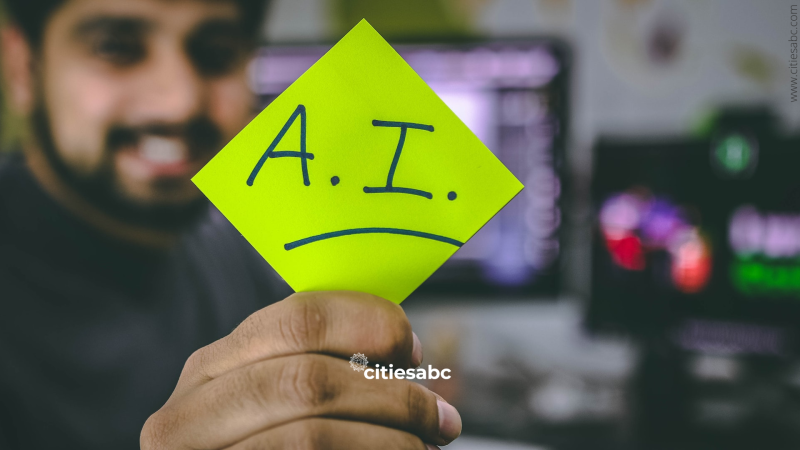How Can You Enhance an AI Workflow With Automation?

Categories :
It’s surprising how many things are automatable. What is even more surprising is the fact that you can enhance your AI workflow with automation. There are many benefits to using automation with AI.
What Is an AI Workflow?
These steps form the core of the AI workflow, and they can be repeated and refined as necessary to develop an AI solution that meets specific requirements and delivers desired outcomes:
• Data collection and preparation: Gathering and organizing the data that will be used to train the AI model. This stage also involves cleaning and pre-processing the data to ensure it's in a format suitable for model training.
• Model design: Defining the architecture of the AI model, including the type of algorithm to be used and the number of layers in the model.
• Model training: Using the pre-processed data to train the AI model. This involves adjusting the model's parameters to minimize the error between its predictions and the actual values.
• Model evaluation: Evaluating the performance of the trained model using metrics such as accuracy, precision, recall, and F1 score.
• Model deployment: Deploying the trained model in a production environment, integrating it with other systems, and making it available for use by end-users.
• Monitoring and maintenance: Monitoring the performance of the AI solution and making any necessary updates to keep it running optimally. This includes updating the data used to train the model, retraining the model, and fine-tuning its parameters.
What Is an AI Workflow in Simple Terms?
AI workflow can be compared to a chef preparing a dish. Just like a chef follows a set of steps to create a delicious meal, the AI workflow consists of several stages to develop and deploy an AI solution. Here's a unique way to describe it:
• Recipe gathering: It’s like going to the grocery store and buying everything you need for the recipe. Basically, it’s collecting data and defining the problem that the AI solution will address.
• Ingredients preparation: Making sure that everything is up to measure on those ingredients. Pre-processing and cleaning the data to ensure it's in the right format for the AI model.
• Mixing and baking: It’s like beating all the ingredients together, training the AI model using algorithms and techniques to make it "smart" enough to make predictions.
• Plating: Now, it all comes together and goes to the table. The deployment involves deploying the AI model in a production environment and integrating it with other systems.
• Taste-testing: We need someone to taste the food and provide feedback so we can improve it. This means monitoring the AI solution to ensure it's performing optimally and making accurate predictions.
• Seasoning: If something is not working well, or in this case, doesn’t taste well, we can add a bit of seasoning. This involves fine-tuning the AI solution by adjusting its parameters to improve its performance.
Just like a chef must repeat these steps with each dish they make, the AI workflow is iterative, and the AI solution may need to be retrained and redeployed several times until it meets the desired performance.
Steps to Enhance AI Workflows With Automation
We can use automation to enhance AI workflows by identifying repetitive tasks, choosing the right tools, automating data pre-processing, automating model training, automating model deployment, automating monitoring, and automating hyperparameter tuning.








